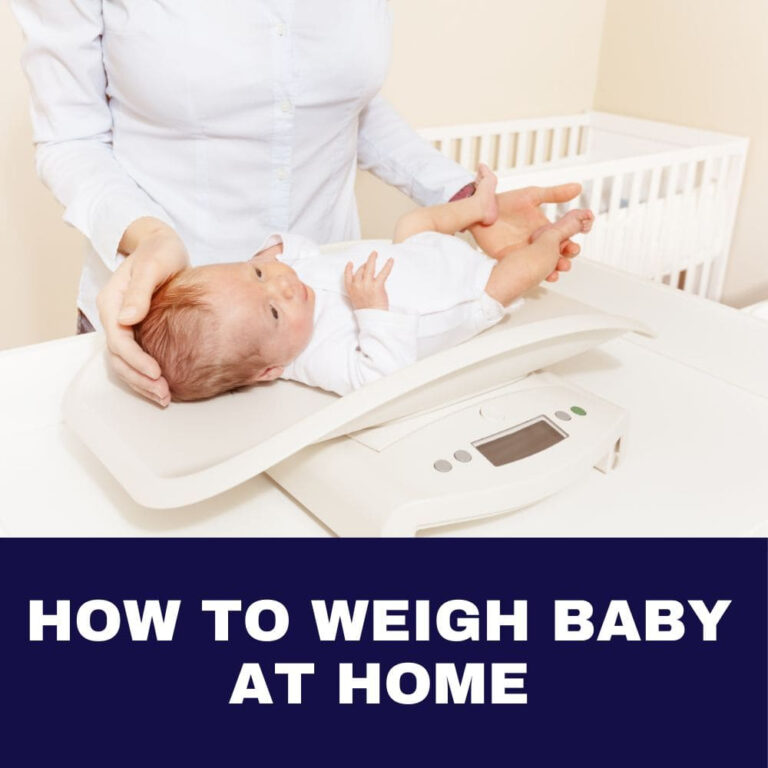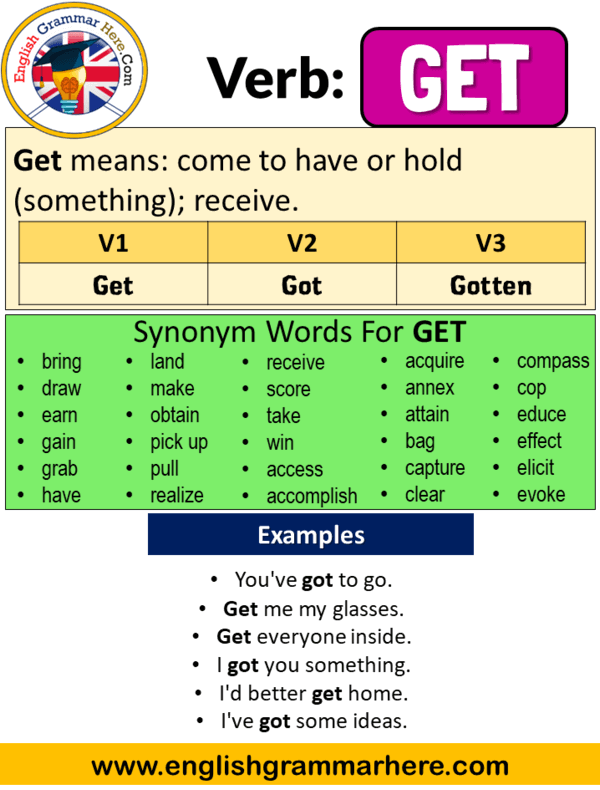How To Know If Your Baby Is Head Down
Are you eagerly awaiting the arrival of your little bundle of joy? One of the key milestones in pregnancy is when your baby transitions into the head-down position in preparation for birth. Understanding how to know if your baby is head down can provide reassurance and insight into the progress of your pregnancy. In this article, we will delve into the signs and symptoms that indicate your baby is head down, giving you peace of mind and excitement as you approach the big day.
Knowledge
As your pregnancy progresses, your baby will naturally move into various positions within the womb. By the time you reach the third trimester, it is common for babies to settle into the head-down position in anticipation of their grand entrance. Here are some key indicators that can help you determine if your baby is head down:
One of the most telling signs that your baby is head down is the sensation of pressure in your pelvis. You may feel increased pressure and heaviness in your lower abdomen as your baby’s head engages in the pelvis, preparing for birth.
When your baby is head down, you may notice that their kicks and movements are mostly concentrated in the upper part of your belly. This is because their feet are positioned towards your ribs, while their head is nestled down towards your pelvis.
During your prenatal appointments, your healthcare provider will use a Doppler or fetal monitor to listen to your baby’s heartbeat. If the heartbeat is heard lower in your abdomen, closer to your pubic bone, it indicates that your baby is head down.
If you are unsure about your baby’s position, your healthcare provider may recommend an ultrasound to confirm whether your baby is head down. This imaging technique can provide a clear picture of your baby’s position and movements in the womb.
As your baby settles into the head-down position, you may notice changes in their movement patterns. Instead of feeling large, sweeping movements, you may feel smaller, more localized movements as your baby adjusts to their new position.
As your due date approaches, your baby’s head will start to engage in your pelvis, known as “lightening.” This process involves your baby’s head moving further down into your pelvis in preparation for birth, a clear sign that they are head down.
Conclusion
In conclusion, knowing if your baby is head down is an essential aspect of monitoring your pregnancy and preparing for childbirth. By paying attention to the signs and symptoms mentioned above, you can gain valuable insight into your baby’s position and progress in the womb. This information can help ease your mind and provide reassurance as you eagerly await the arrival of your little one.
Overall, this article is targeted towards expectant mothers who are curious about their baby’s position and want to stay informed about the progress of their pregnancy. By understanding how to know if your baby is head down, you can feel more connected to your baby and confident in the journey towards motherhood.
As you prepare for the joyous moment of meeting your baby for the first time, knowing that they are head down can bring a sense of excitement and anticipation. By staying informed and aware of your baby’s position, you can navigate the final stages of pregnancy with confidence and peace of mind.






